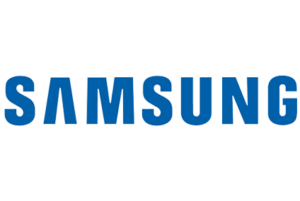Samsung and Cisco have announced they recently completed a series of 5G demonstrations in Cluj, Romania, in collaboration with Orange. The trial has been running for a month-and-a-half across multiple homes. It makes use of Samsung’s 5G solutions including its virtualised RAN, 5G access units and multiple indoor and outdoor 5G routers (CPE), as well as Cisco’s Meraki Z3 WiFi Router and Ultra Gateway Platform which delivers a 5G virtual packet core on top of the company’s NFV Infrastructure, which it says provides enhanced throughput and flexibility.
By leveraging the bandwidth available at 26 GHz and antenna technologies such as massive MIMO and beamforming, the companies report they were able to achieve coverage beyond 1 km at 1 Gbps speed for a single user under live conditions. Measurements in these conditions also showed aggregated cell downlink throughputs of 3 Gbps with few users, although the system capacity is significantly higher, the companies said.
Earlier this week, Samsung and Cisco, together with Orange, held a demonstration near Floresti City Hall to present the results of the trial and showcase 5G-powered smart city and home entertainment solutions in front of media and partners from across the industry.
Samsung’s Connectivity Node was installed on a streetlamp to provide wireless connectivity for temperature and humidity sensors, and security cameras. Sensors and cameras were connected wirelessly to the node, which was then connected to the core network via 5G. The Connectivity Node is designed to be an economical alternative for places where wireline deployment is unfeasible or costly.
Separately, several parallel UHD videos and VR sessions were streamed simultaneously over the same 5G broadband connection. Content was transmitted via the 5G core and 5G radio link. The companies said that the 5G system capacity is crucial to this demonstration as it not only allows simultaneous UHD streaming over multiple screens under one roof, but also provides extra capacity in case content consumption further increases.
In another demonstration, two players competed against each other in a live cloud video game over the 5G network. Their split-second actions and the game’s operation were made possible by the network’s lower latency.
Cisco’s Meraki MV21 cameras were deployed, providing video coverage as well as video-based analytics. Three use-cases were demonstrated with applications for Smart City solutions as well as for B2B verticals such as retail. Video data can be used to provide an accurate count of people moving in the camera field, deliver information to improve disposal of products in a retail environment and organise space for efficiency and improved service, the companies said.

